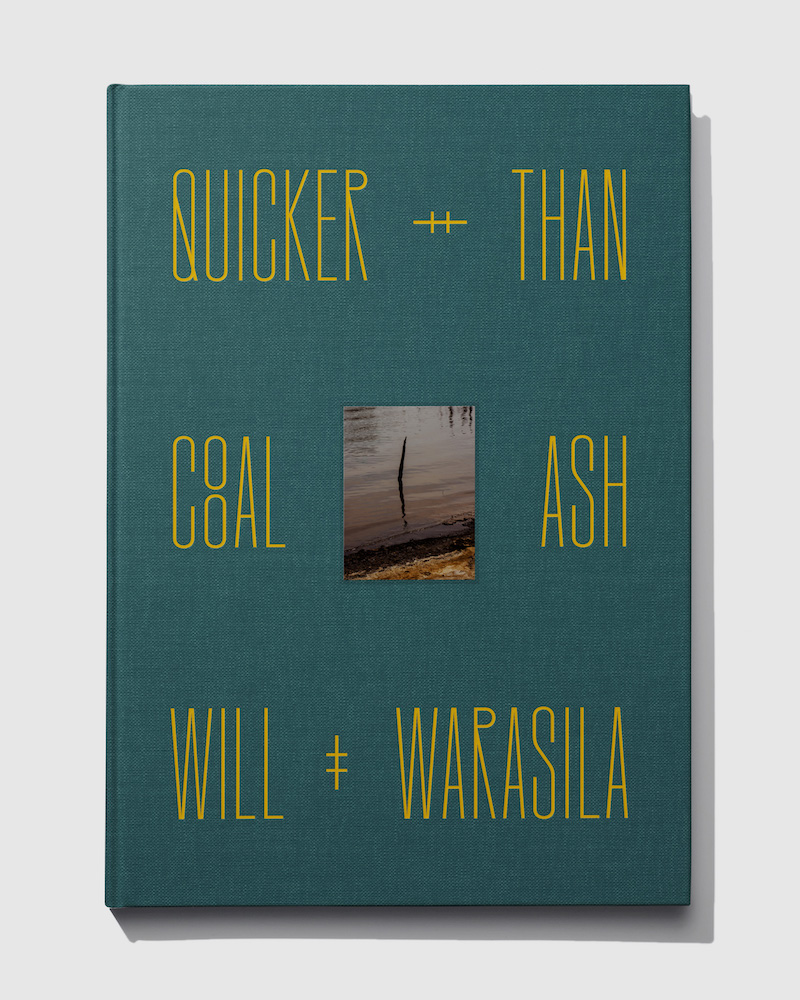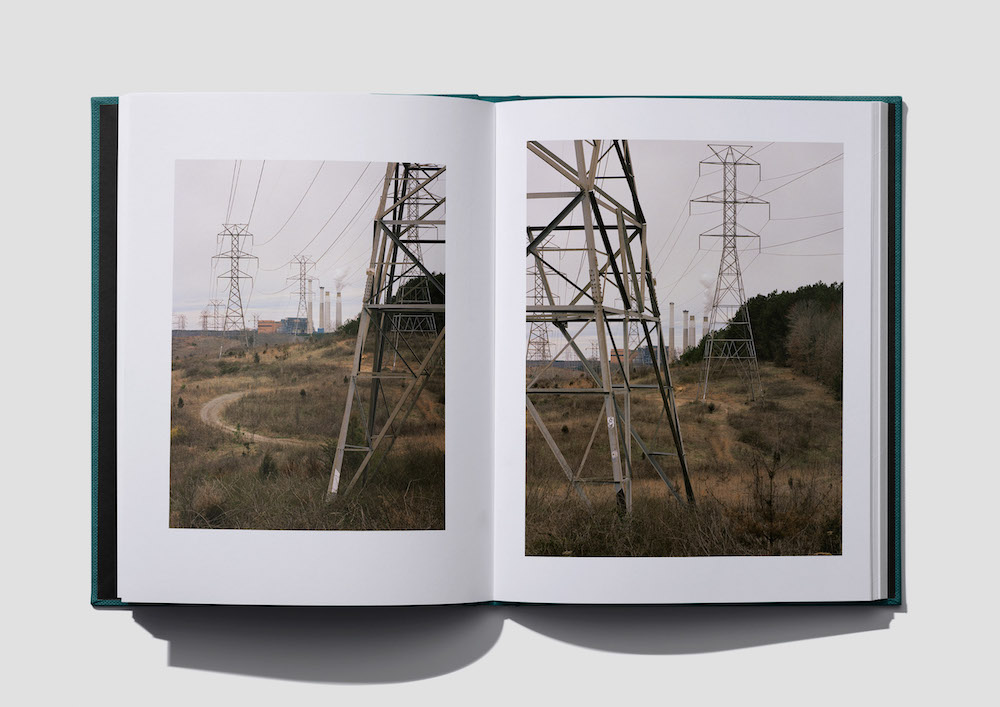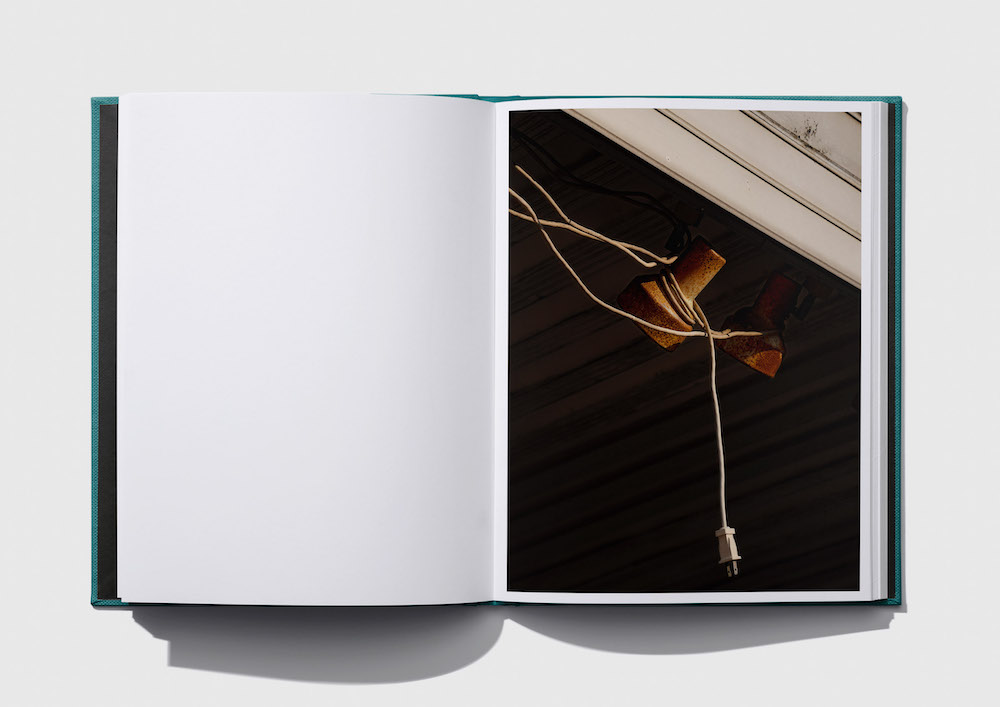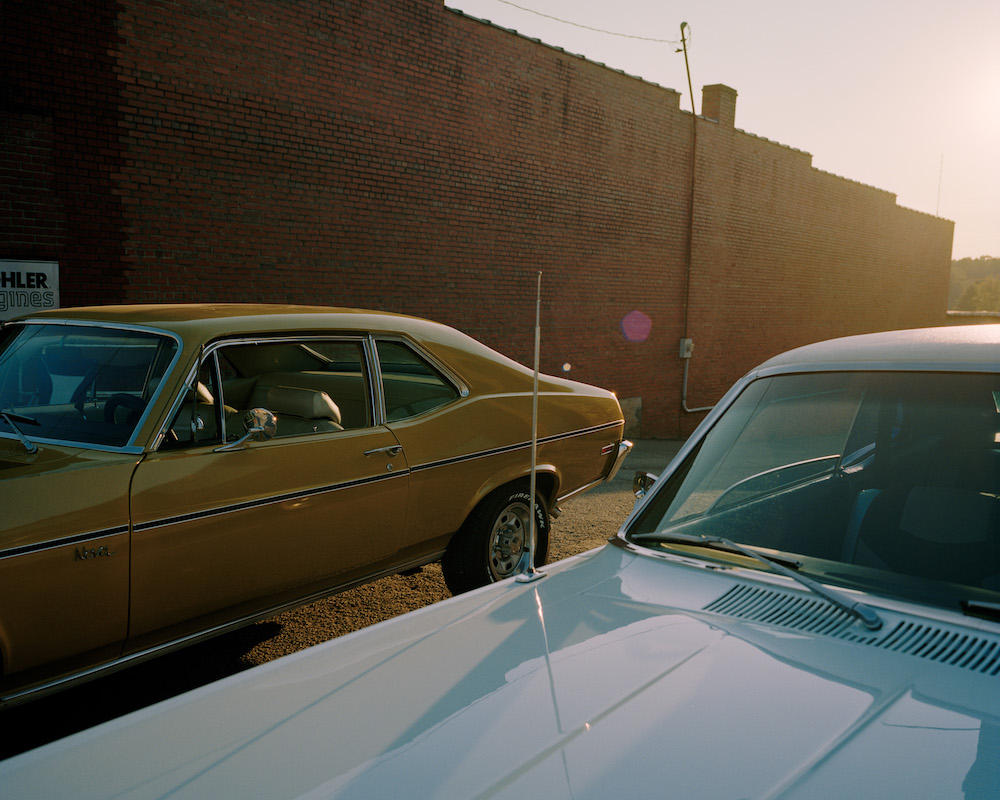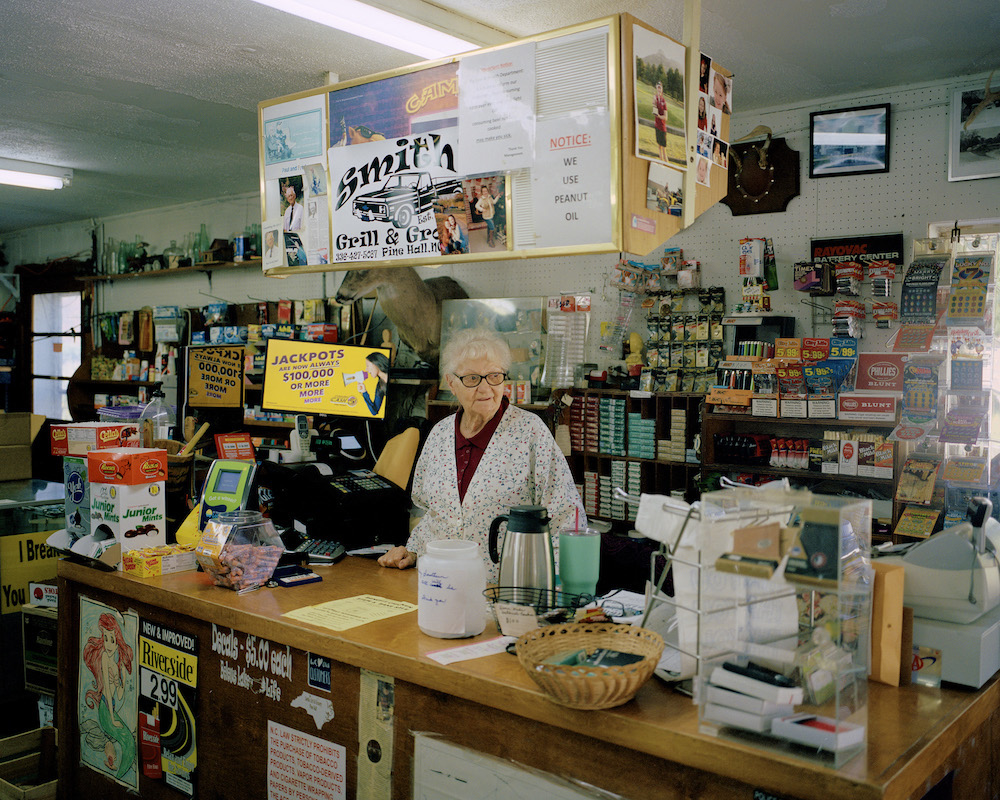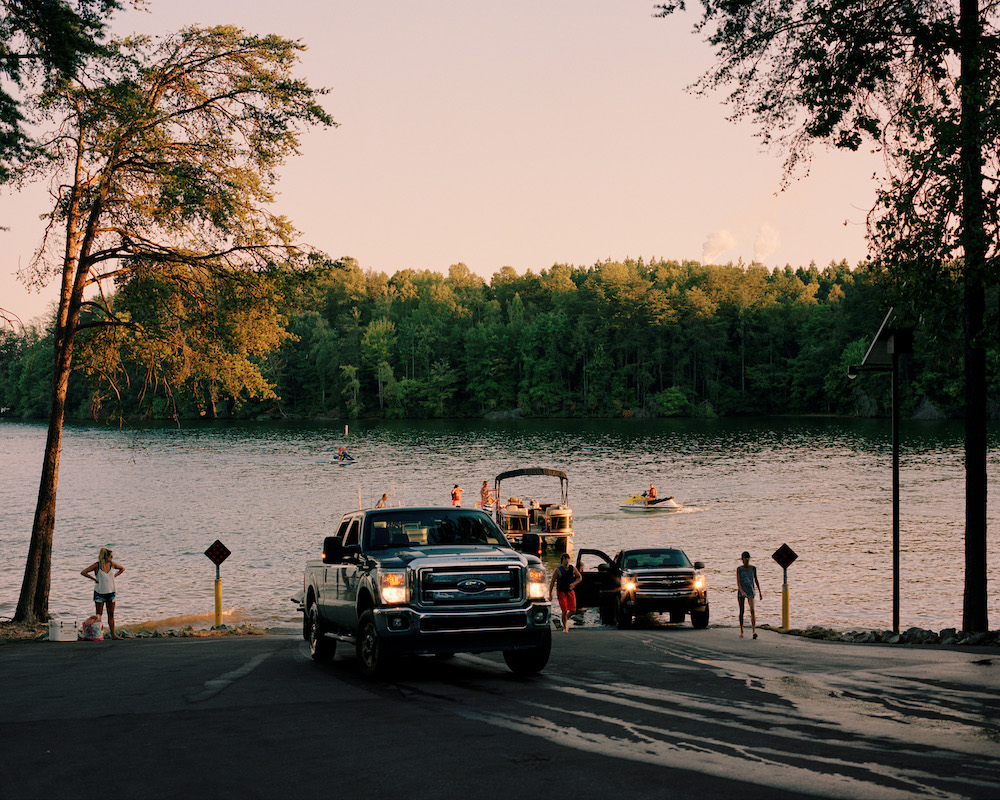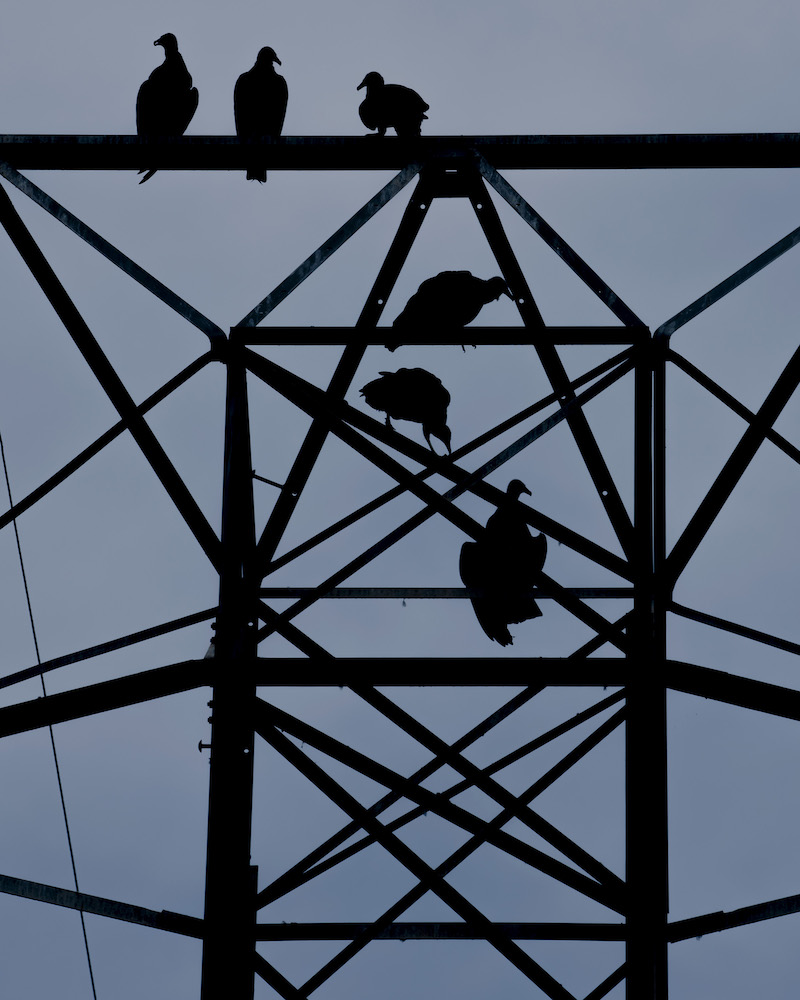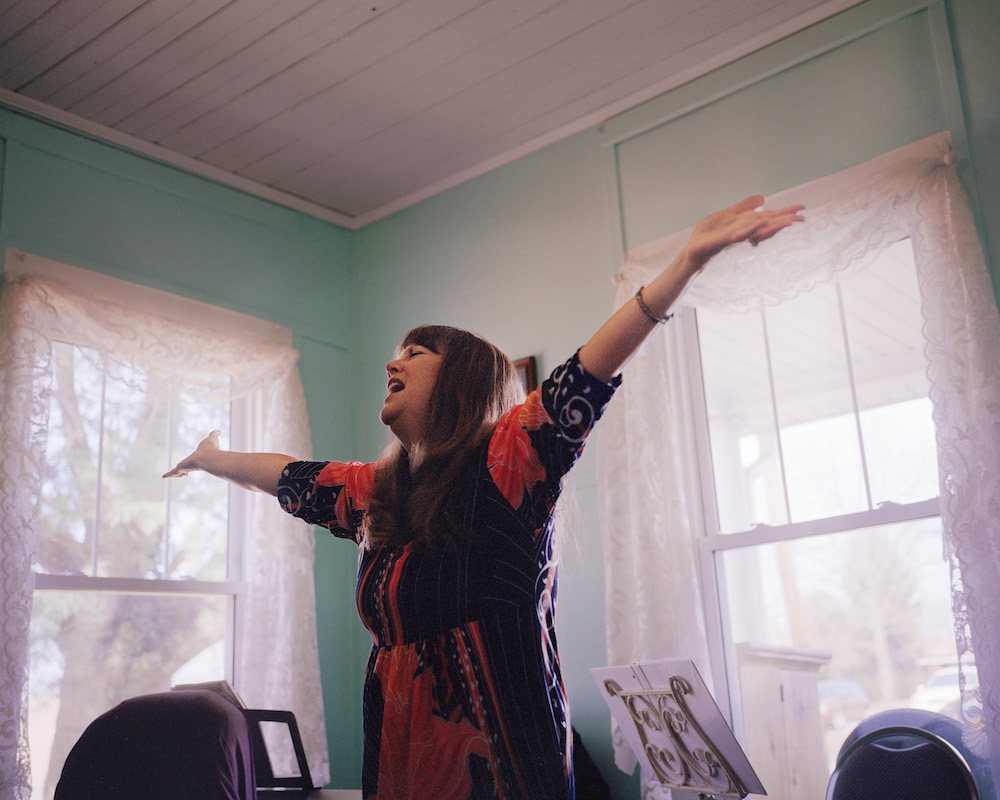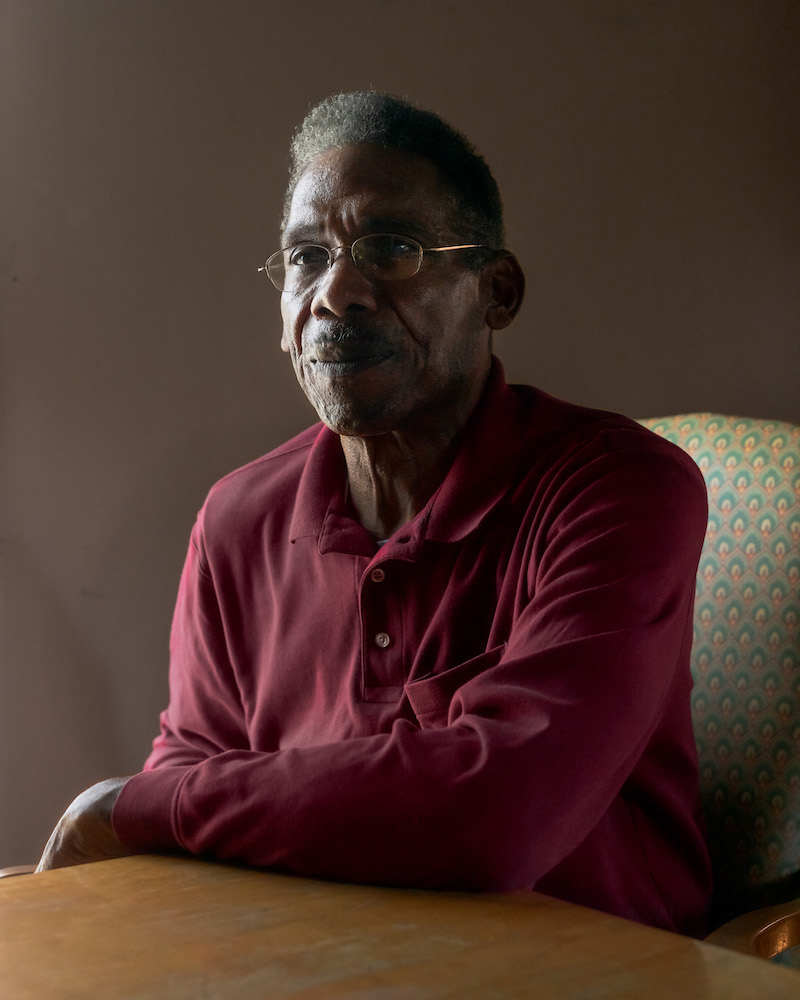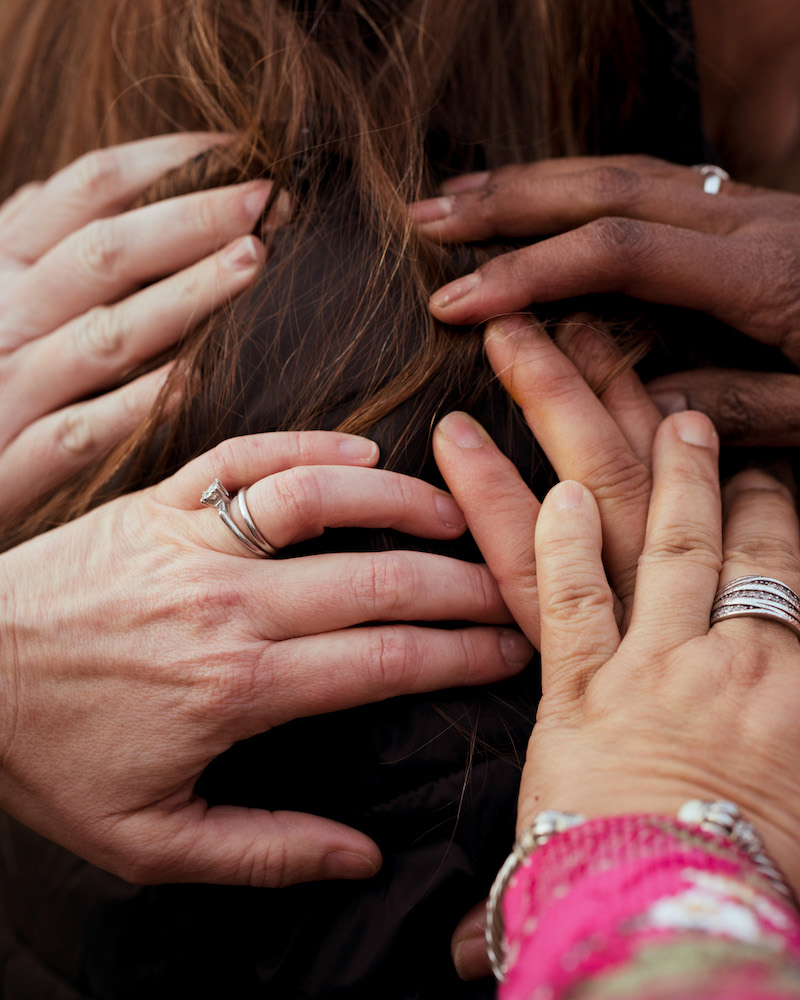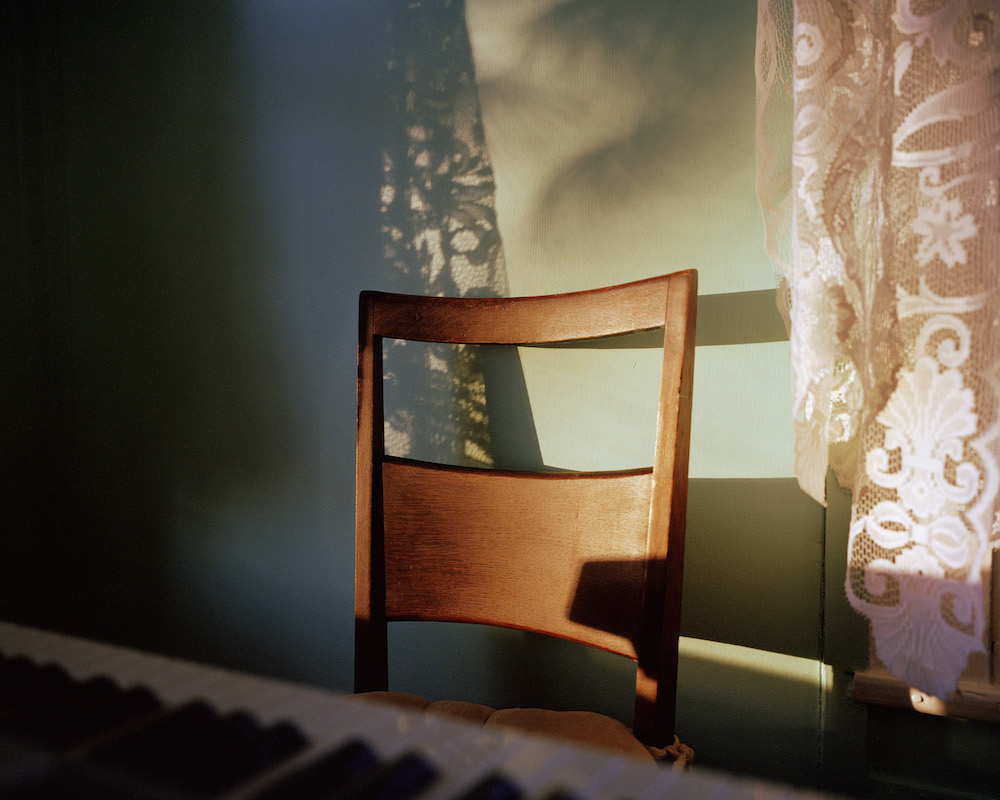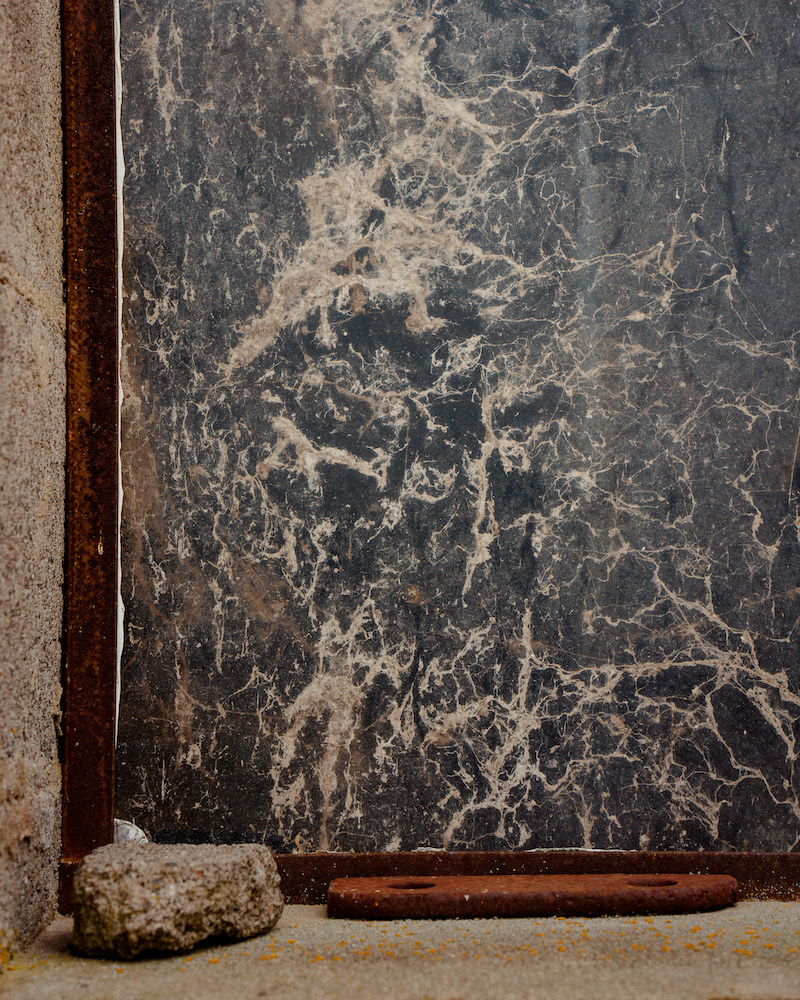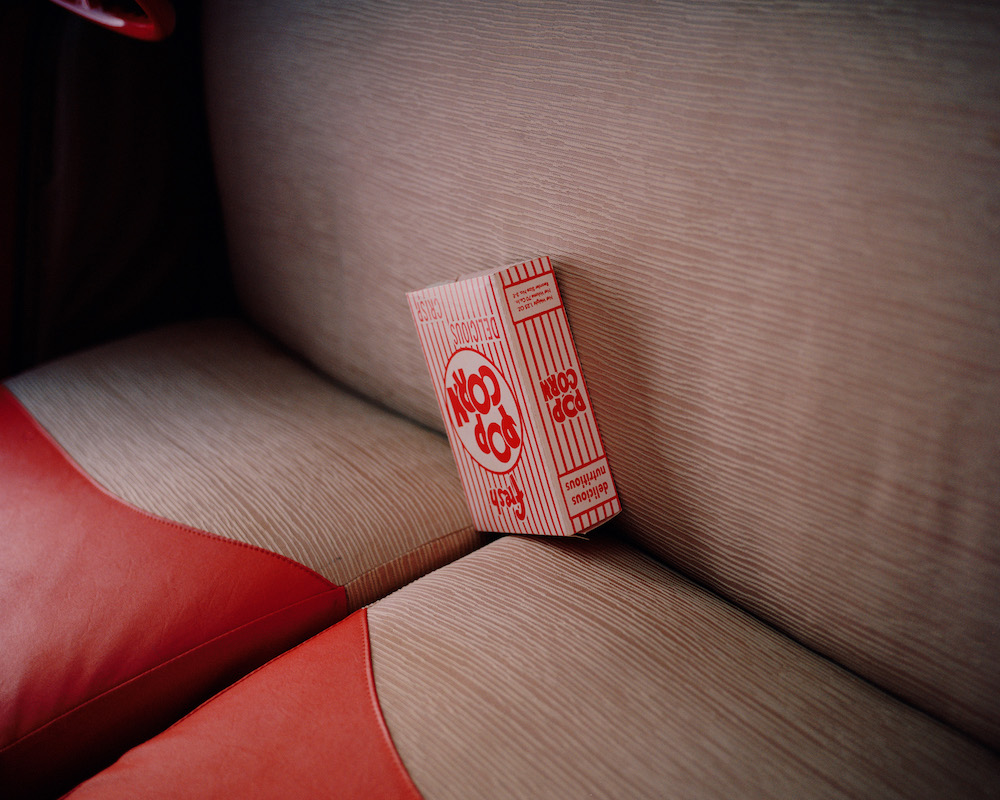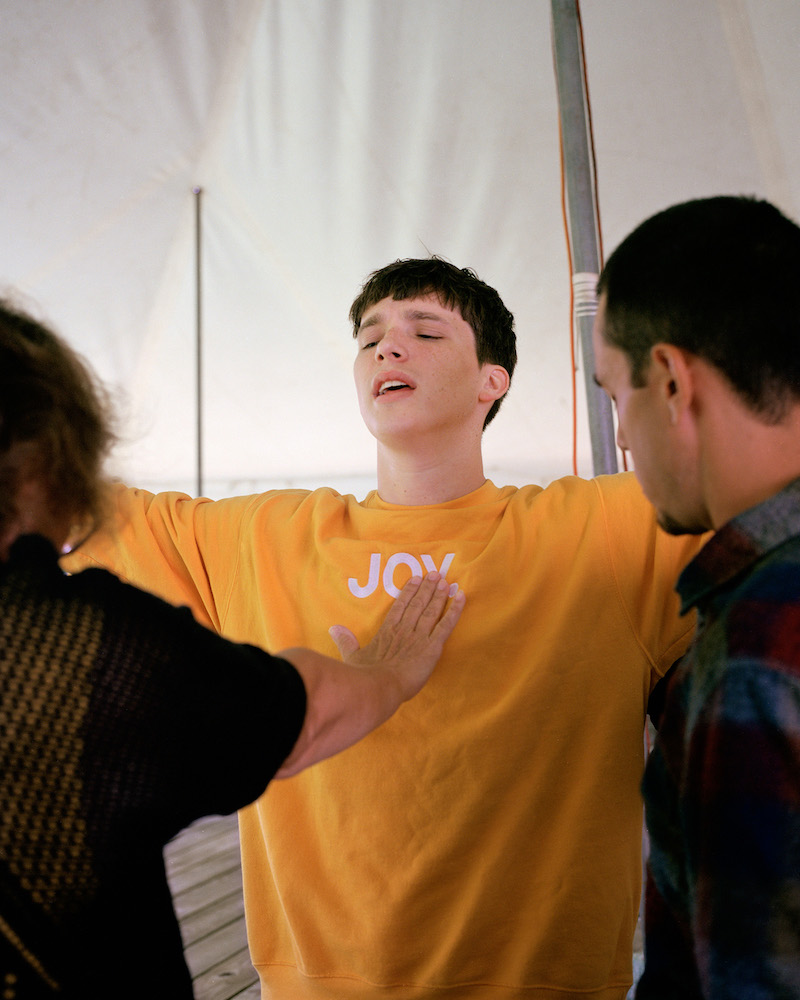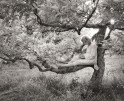Will Warasila: Quicker Than Coal Ash
As the publishing and awards director/senior editor at the Center for Documentary Studies at Duke University, I first met Will Warasila when he was a graduate student in Duke’s MFA in Experimental and Documentary Arts (MFA|EDA) program (he graduated in May 2020) and immediately became acquainted with the energy, commitment, and intelligence that he brings to everything he does. In his first book, Quicker than Coal Ash, beautifully published by Gnomic Book, Will explores the effects—the slow violence—of coal ash on one place in North Carolina. As he wrote in a statement that accompanied an exhibition of this work, “The people of Walnut Cove, North Carolina, live in the shadow of Duke Energy’s Belews Creek Steam Station, where toxic coal ash is kept in a massive unlined storage pond, and toxins are pumped into the air, water, and soil.”
Quicker than Coal Ash his is not only a compelling series of imaginative and artful photographs but also a reflection of Will’s deep engagement in long-term fieldwork, relationship-building, and advocacy work in Walnut Cove. He continues to be connected to the people he met there. Additionally, he did research into the science around coal ash, environmental law, and governmental policy making and collected oral histories. He also contributed materials from the project to grassroots organizers and to the legal team representing community groups who sued Duke Energy to excavate six coal ash sites in North Carolina (and won).
I wrote an essay for Will’s book entitled “Bitterness Will Kill You Quicker Than Coal Ash,” which along with a selection of his photographs, appears below.
You can purchase Quicker than Coal Ash on Gnomic Book’s site here.
Will Warasila is a photographer and a North Carolina native. He received a BFA in Photography from the School of Visual Arts and an MFA in Experimental and Documentary Arts from Duke University. His photographs have appeared in American Photo, Atmos Magazine, Booooooom, Bloomberg Businessweek, Interview Magazine, Metropolis Magazine, Oxford American, The New Yorker, the New York Times, Southern Cultures, VICE, Wax Magazine, and WIRED, and the Click! Photography Festival, among others.
Follow Will Warasila on Instagram: @willwarasila
Follow Gnomic Book on Instagram: @gnomicbook
For over a year and a half, Will Warasila visited and revisited the town of Walnut Cove in Stokes County, North Carolina, and its residents. He wanted to find ways to bring light to the long shadow cast on people and the land by Duke Energy’s Belews Creek Steam Station; as he wrote in the text that accompanied an exhibition of this work in 2020, he was interested in showing “structures of energy and power” and how they have altered this one place. But how do you do that? As Will himself acknowledges, “most of this transformation . . . is invisible and impossible to photograph.”
In looking at the shapes within the shadow, and the shadow’s referred effects, these images speak to us not only of one particular plant in a single community but also to how we more fully comprehend the presence of manufactured, residual toxins—in the earth where we build our houses, in the water that we drink—and their sometimes devastating impact on us and the ones we love.
Because we need energy and because the true costs of power are so difficult to see or are so delayed, the effort to document what’s there, what can and will be lost, is all the more imperative. Because what is at stake is what we hold most dear—family, health, home.
The term “coal ash” sounds benign enough on its face; one thinks of the ash that collects at the bottom of a fireplace. But as the Sierra Club writes in a document readily available online, “Dangerous Waters: America’s Coal Ash Crisis”: “Each year, coal-fired power plants in the United States produce 140 million tons of hazardous solid waste. . . . Much of this waste is stored in more than 1,400 sites in 45 states. . . . Coal ash pits often reside adjacent to the power plants that produce their toxic contents. Because vast quantities of water are consumed in coal power generation, these power plants lie beside large sources of water, including our Great Lakes, aquifers, and many of our most important and iconic rivers. Coal ash is the byproduct of coal combustion mixed with other hazardous compounds, including those used to clean furnaces (imagine oven cleaner on an industrial scale).”
Only when the disposal apparatus for this ash, in its massive quantities, is disrupted—by acts of God in the form of hurricanes and flooding or by a mechanical glitch like a burst pipe—are the dangers immediately recognized and acknowledged, as was the case in 2008 in Kingston, Tennessee, or in 2014 on the Dan River, or in 2018 on Sutton Lake, both in North Carolina. The lasting threat of coal ash is its silence, its slow seeping into the soil, water, and air.
So again, how to make photographs that are attuned to both what’s clearly present in the landscape and what moves below, above, beyond it? How can we apprehend what can’t be seen? How can we listen for what’s silent?
A belief in what isn’t visible, in what might move beside us, for good and for ill, is one of the through lines in Quicker Than Coal Ash. The title is taken from a 2018 sermon by Lesley Bray Brewer, a community leader and pastor of a church in Walnut Cove called (significantly) The Well. Will has written about some of his experiences with Lesley and at The Well:
The Well was directly in front of me—an old house with a Moravian wooden sign on it that was painted green and yellow with a white dove in the middle. Out front, a man and a woman were talking with a reporter while a cameraman pointed a bright LED at them. The woman was Lesley and the man standing next to her was David. (I had looked them both up on Facebook). Lesley, a middle-aged white woman with brunette hair that falls just past her shoulders, was wearing a long flowy floral dress. David, a tall African American man in his fifties, was wearing a baseball cap and had his Oxford shirt tucked into his jeans. On the far side of The Well was a large striped tent with a stage at the back and rows of plastic fold-up chairs. The tent was half-full of a pretty diverse group of people. I sat down.
A few people greeted me, but these greetings were soon interrupted when Lesley began what was called a “coal ash healing service.”
David spoke early in the service: “Four years ago you couldn’t pay me to be here, but now no one can pay me not to be here.” He described how his mother had passed away from cancer because of the toxic water, soil, and air in Walnut Cove. “This is not acceptable,” he said. “Duke Energy is trying to silence me with money; I will not be silent.” He started crying.
Lesley then gave her sermon, which has stayed with me. She said, “Bitterness will kill you quicker than coal ash.” And, “We must forgive Duke Energy for what they have done to the community and to the state. We must fight righteously. There is an army rising up.”
On the drive home, I was nearly in tears thinking about Lesley asking the attendees to forgive Duke Energy for harming their community. I called a close friend in New York and told him about Walnut Cove and the service. He offered some good advice—don’t make any promises you can’t keep, show up and listen before making any photographs.
. . . .
Coal ash is one byproduct of this bitter world. Instead of meeting the world with more bitterness, Lesley and other community members like Danielle Bailey-Lasch and Caroline Rutledge Armijo suggest that you have to fight for what you believe with empathy and (com)passion. In bringing empathy to a fight rather than anger, there is a better chance of convincing others that coal ash isn’t safe, that it will harm the people who live near the Belews Creek Steam Station. The irony here is that if these interactions are successful, coal ash will act as a catalyst for healing by bringing people together to create change. When one really thinks about what it means to use this energy, it is clear that we are all responsible for its use, and we should all understand the cost of its production.
. . . .
At some point, I decided to take Lesley up on spending a night at The Well. There is a bedroom set up in house/church, and I was particularly tired from wandering around the county and didn’t feel like making the drive back to Durham. The bedroom was lit by a single bare bulb hanging from the ceiling. I decided that I would take some photographs of the room; to get a good image, I moved some boxes. While moving things around, I found a small stepping stool upholstered in red velvet at the foot of the bed. Not until I looked through the viewfinder did I realize that it was a prayer stool.
It felt odd to curl up in bed and spend the night. I lay down with the door open, looking out across the living room at the place Lesley and her congregation believe is a portal to the eternal river flowing through Walnut Cove. I was so close to it.
While I was drawn to both the elegance and weight of Will’s images—how very well-wrought they are—I am more struck by their impact. In turning these pages, I feel as if I understand something about Walnut Cove, its weft and warp, and why people want to stay there, what it is they want to save. Will has a rare gift for the lyrical, for looking from far away and from very close, so that the largest shape in the landscape, the power plant, corresponds and is in conversation with a painted stump or the patterns and textures of dirt cracking in a dry lake bed.
The question of how much photographs can do, how much the camera can tell us about what’s outside the frame—about people and how they live and interpret their known worlds—is fundamental to considering both the art of photography and this body of work. Will has managed to get beyond the limitations of photographs by suggesting their limitations, by pointing us so deliberately and patiently toward a recognition of what we can’t see, of the shapes in the shadow and what stirs below the surface.
To convey a sense, both in fact and feeling, of environmental and political realities is one thing, but to convey a sense of people’s sense of themselves, of who they are and what they hold inside, is another thing altogether. People are animated by stardust and spirit, and in these portraits, we gain a growing awareness of both: A certain inner stillness and a wish to be transported, by car or by intention (in outstretched arms), back to the place they already are. They are listening, their ears open to other frequencies. We see them tuning in to the floorboards (the portal), wringing (blessed) water from a piece of cloth, laying their hands on “Joy.” We see that a wish for healing and repair binds these photographs together as much as the plant, powerlines, and landscape do.
Posts on Lenscratch may not be reproduced without the permission of the Lenscratch staff and the photographer.
Recommended
-
Aaron Rothman: The SierraDecember 18th, 2025
-
Eli Durst: The Children’s MelodyDecember 15th, 2025
-
Kinga Owczennikow: Framing the WorldDecember 7th, 2025
-
Richard Renaldi: Billions ServedDecember 6th, 2025
-
Ellen Harasimowicz and Linda Hoffman: In the OrchardDecember 5th, 2025

